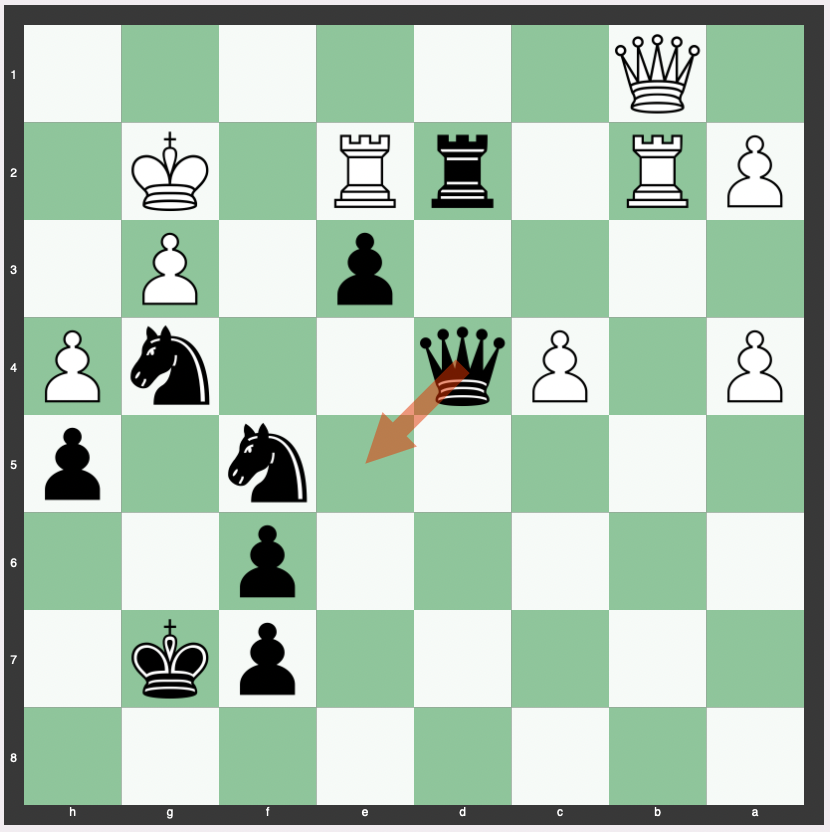In chess, the measure of success goes far beyond simple material count.
Positional factors, piece activity, and king safety are among the variety of elements that can render a game effectively lost even when a material balance exists.
Skilled players often assess the position’s dynamics over mere arithmetic of pieces, recognizing that an even material distribution does not guarantee equality in the game.
Positional Superiority Outweighs Material Equilibrium
The concept of positional play is critical in understanding why a game can be lost with equal material.
Positional advantages may include control over key squares, strong pawn structures, and superior piece coordination.
These factors can provide one player with the tools to dominate the game despite having no extra material on the board.
Piece Activity as a Decisive Factor
Active pieces typically hold more value than their dormant counterparts.
A rook on an open file or a well-placed bishop can exert influence across the board, while undeveloped or poorly positioned pieces might as well be nonexistent in terms of contribution to the game’s outcome.
When one side’s pieces are more active, they can dictate the pace of the game and launch attacks that can lead to an inevitable loss for the opponent.
King Safety: The Hidden Determinant
A player whose king is safe can focus on offensive operations, while a king in peril often necessitates a defensive stance.
This imbalance can affect the game, sometimes making a position untenable even with equal material.
For instance, a king exposed to potential checks or attacks may lead to a sequence of forced moves, culminating in material loss or checkmate.
Practical Examples of Positions Lost Despite Material Equality
Famous games throughout chess history have illustrated positions where a player, despite an equal material balance, could not avoid defeat.
These examples serve as educational tools, highlighting how dynamic factors can outweigh the simplistic count of pieces.
From the games of grandmasters to amateur encounters, the principle remains consistent: chess is a game of activity, control, and safety, not just a tally of pieces.
Example
The game below is imbalanced, though equal on material.
White has an extra rook and pawn, in exchange for black having two extra knights.
So even-steven on material, though this is forced mate-in-8 for white:

It is forced mate-in-8 via the line:
52… Qe5 53. Rexd2 Qxg3+ 54. Kf1 Qf3+ 55. Kg1 exd2 56. Rxd2 Ng3 57. Rh2 Qe3+ 58. Kg2 Qf2+ 59. Kh3 Qxh2#
The white queen can also choose to sacrifice itself on f5, though that opens up other moves for black.
For example, we can see below that white’s position is totally crumbling and about to lose the rook for no compensation:

The queen is lost for a knight.
And a few moves later, it’s checkmate:

This is an example of where positions can seem ostensibly equal due to material, but then just totally fall apart.
Conclusion
Chess is a complex game where the balance of power is not solely dependent on the material on the board.
An even material can often be a misleading indicator of the actual state of play.
Positional advantages, piece activity, and the safety of the king are critical aspects that can determine the outcome of a game.
Understanding these elements is essential for any player looking to grasp the subtleties of chess and succeed over the board.


